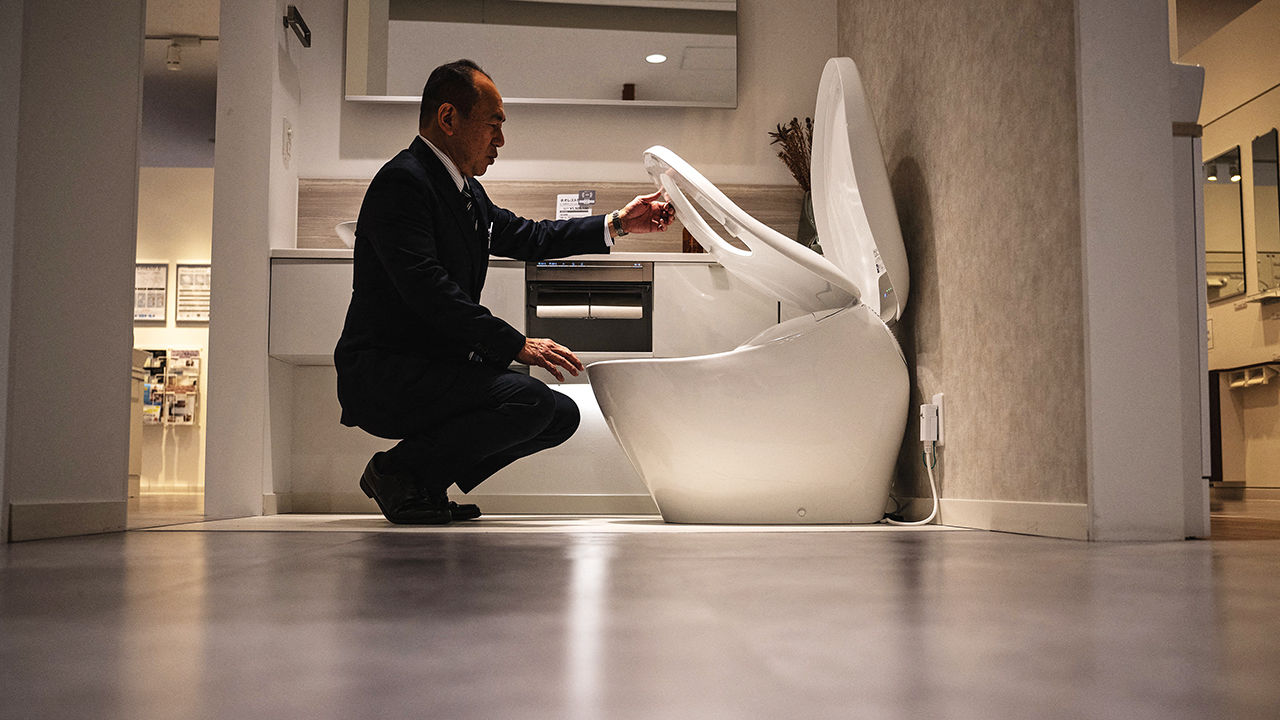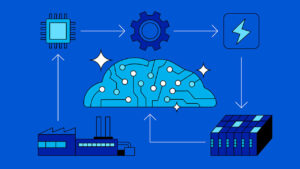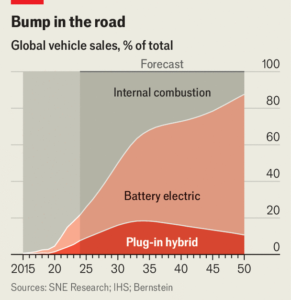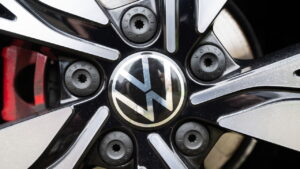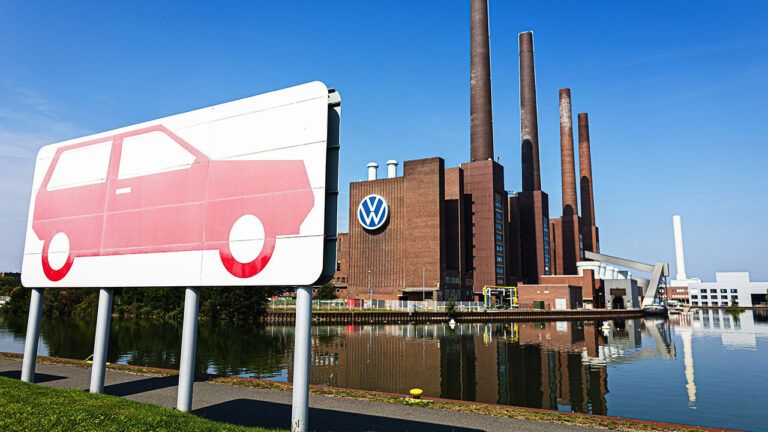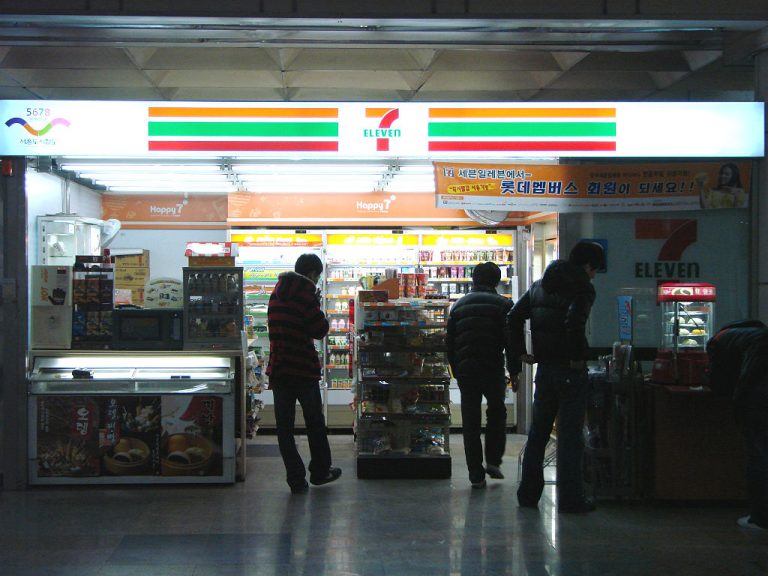
The past century has been one of relentless innovation. But in the West the humble toilet is a curious exception. By the early 20th century, free-standing flush toilets with U-bend plumbing were being installed in homes on both sides of the Atlantic. Americans and Europeans seem to think that the model is still more or less good enough.
Not the Japanese. Electronic toilets are standard in homes and hotels—and a marvel to visiting Westerners. Toto, by its own estimation the world’s largest maker of bathroom fixtures, has led the technological vanguard. Its “washlet”, first sold in 1980, features directed jets of water and air (pick your temperature), heated seats and deodorisers. The firm is listed in Tokyo, valued at ¥779bn ($5bn).
Toto, which still makes about two-thirds of its sales at home, is keen to bring foreign toilets up to date (or at least into the Japan of 40 years ago). But like other Japanese firms, it is encountering two big difficulties.
The first is Japan’s “Galapagos syndrome”: many goods developed and sold there go no further. The world’s fourth-largest economy is big enough to support all sorts of indigenous products, from phones to toilets. But stagnating incomes and a declining population make it an unreliable market. On October 28th Toto’s third-quarter results undershot investors’ expectations. The company cut its sales forecast for this fiscal year from ¥750bn to ¥730bn. Its share price fell by 13% the next day.
The second difficulty relates to China, which at the end of 2022 yielded 17% of Toto’s sales, but provides just 10% today. It now looks like a busted flush. The freefall in Chinese property investment, down 10% so far this year, after similar declines in 2022 and 2023, means fewer new buildings and bathrooms. Domestic rivals have also appeared.
There is light at the end of the U-bend. Sales are up in South-East Asia and India. And revenue from the Americas soared by 34%, year on year, in the six months to September, accounting for a tenth of the company’s total.
Toto’s toilets face some blockages in America, though. The most acute, notes James Lin, founder of BidetKing.com, an online marketplace, is electricity for the seat. Most American bathrooms have a power source near the sink, but not near the cistern. Even new homes are not always suitably equipped.
Still, the flow is in the right direction. During the pandemic fears of toilet-paper shortages, worries about hygiene and the growth of DIY gave the market a jump-start. Returning tourists may also help. Americans made more than 2m trips to Japan in 2023, up from 1.7m in 2019. Another record is likely this year—adding to the convenience-converted. ■
To stay on top of the biggest stories in business and technology, sign up to the Bottom Line, our weekly subscriber-only newsletter.








